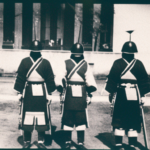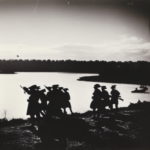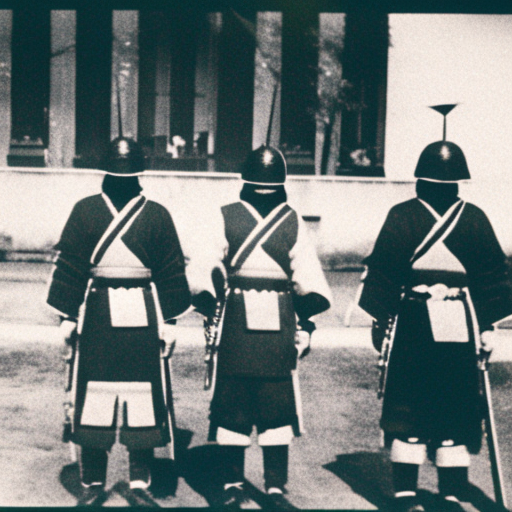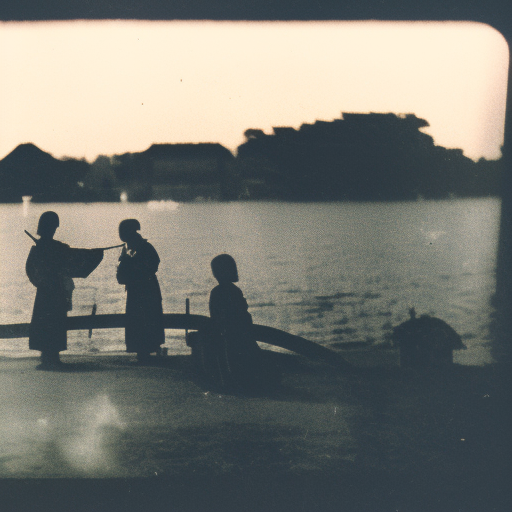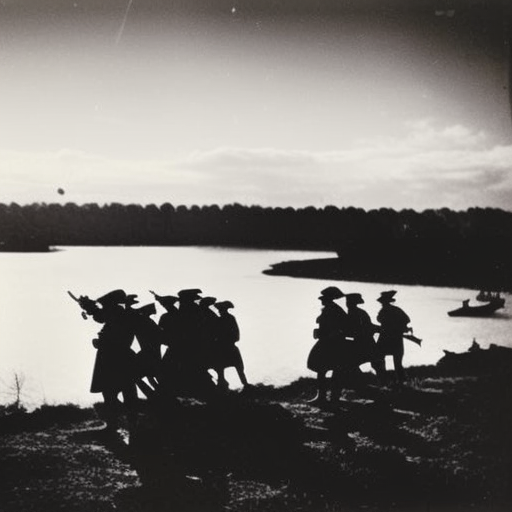Summary:
The Samurai Warriors were a class of highly skilled and trained warriors in feudal Japan. They played a significant role in Japanese history, serving as the military elite and embodying the ideals of loyalty, honor, and self-discipline. The samurai class emerged during the Heian period and reached its peak during the feudal era. They were known for their distinctive armor, weapons, and strict code of conduct known as Bushido.
Origins and Development:
The samurai class originated in the 8th century during the Heian period. Initially, they were mounted archers who served as guards for the imperial court. Over time, their role expanded, and they became a distinct class of warriors. During the Kamakura period (1185-1333), the samurai gained prominence as the ruling class, with the shogun, a military dictator, as their leader. The samurai class continued to evolve during the Muromachi period (1336-1573) and reached its zenith during the Edo period (1603-1868).
Training and Skills:
Samurai warriors underwent rigorous training from a young age. They were trained in various martial arts, including archery, swordsmanship, and horseback riding. The samurai were skilled in both mounted and foot combat, making them versatile warriors on the battlefield. They also received education in literature, calligraphy, and philosophy, emphasizing the importance of intellectual development alongside martial prowess.
Armor and Weapons:
The samurai were known for their distinctive armor, which provided protection and intimidation on the battlefield. The armor consisted of several components, including a helmet, face mask, chest plate, arm and leg guards, and a skirt-like apron. The armor was made from materials such as leather, iron, and lacquered plates. Samurai warriors wielded a variety of weapons, including the katana (a curved sword), the wakizashi (a shorter sword), and the yumi (a longbow).
Bushido: The Way of the Warrior:
Central to the samurai ethos was the code of conduct known as Bushido, which governed their behavior both on and off the battlefield. Bushido emphasized virtues such as loyalty, honor, courage, and self-discipline. Samurai were expected to serve their lord with unwavering loyalty, even at the cost of their own lives. They were also bound by a strict moral code, which emphasized integrity and ethical behavior.
Decline and Legacy:
The decline of the samurai class began in the late 16th century with the unification of Japan under the rule of Oda Nobunaga and Toyotomi Hideyoshi. The introduction of firearms and the centralization of power weakened the samurai’s traditional role as the ruling class. The final blow came during the Meiji Restoration in 1868 when the samurai class was abolished, and Japan underwent rapid modernization.
Despite their decline, the legacy of the samurai endures in Japanese culture. Their values and ideals continue to resonate, and they are often depicted in literature, art, and film. The samurai’s influence can also be seen in modern Japanese martial arts such as kendo and judo, which have their roots in samurai combat techniques.
In conclusion, the samurai warriors were a class of highly skilled and disciplined warriors who played a crucial role in Japanese history. Their origins can be traced back to the Heian period, and they reached their peak during the feudal era. The samurai were known for their training, distinctive armor, and weapons. They followed a strict code of conduct known as Bushido, which emphasized loyalty, honor, and self-discipline. While the samurai class eventually declined and was abolished, their legacy continues to shape Japanese culture and martial arts.




